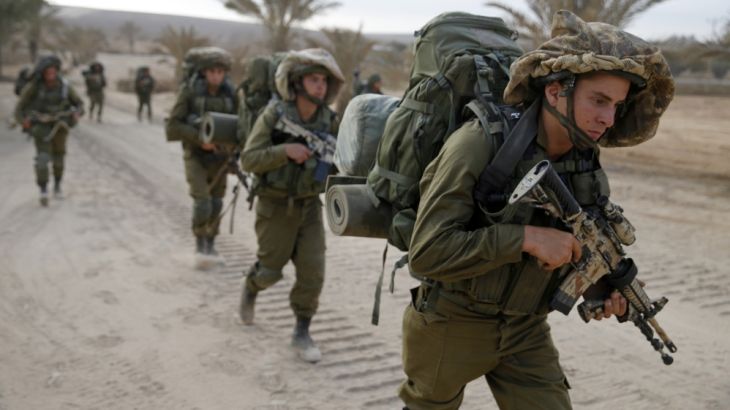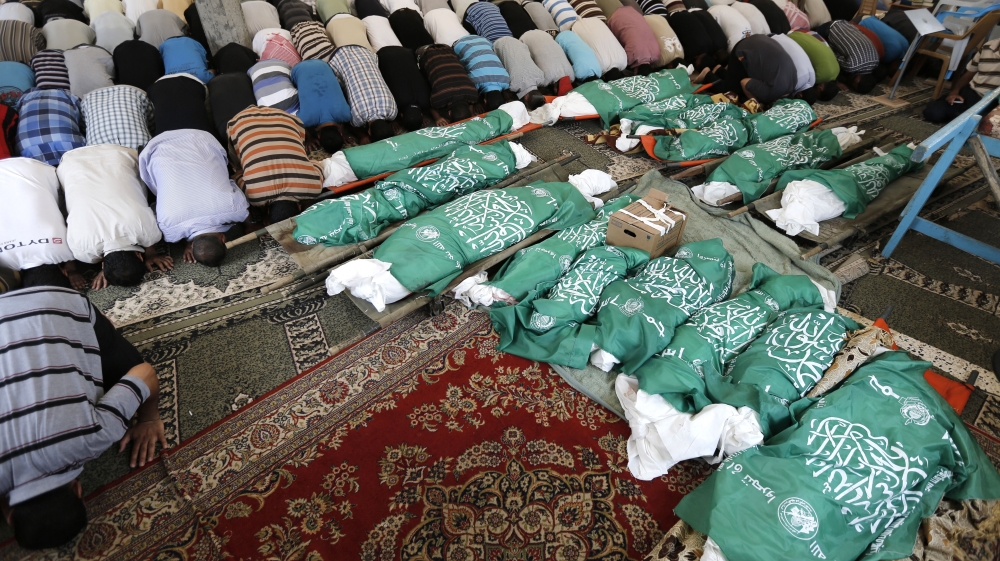
Gaza: Deadly Assaults
People & Power investigates two deadly attacks by the Israeli army during the 2014 war on Gaza.
The Israeli assault on Gaza in 2014 cost the lives of 72 Israelis and more than 2,100 Palestinians.
The attacks on the neighbourhoods of Shujayea and Rafah caused wide-scale killing and injuries to civilians and colossal structural damage. In both cases massive military force was applied in densely populated areas; so disproportionate that even many Israeli supporters of the conflict were aghast at the consequences and became fearful that the Israeli army could be held accountable for war crimes.
Even if I accidently killed an old lady in an ambulance, I can live with it.
Many believe the assaults were not driven by military logic and could not even pretend to claim any real tactical or strategic merit, but were instead motivated by animus and a desire for revenge.
But at least in the attack on Rafah in southern Gaza on August 1, 2014, another important imperative was at play, the so-called Hannibal Directive.
A top secret order of the Israeli army’s General Staff, the Hannibal Directive was first devised in 1986, stipulating measures to be taken when an Israeli soldier is captured during combat. Its purpose is to prevent the enemy from escaping with that soldier, even if it means endangering the soldier’s life – and the lives of civilians in the vicinity.
It has been executed a number of times since then, but last year, on Black Friday as it has become known, the Israeli army invoked the Hannibal Directive to its most destructive effect yet.
Aimed at preventing Hamas fighters fleeing with captured Israeli officer Lieutenant Hadar Goldin, the unprecedented ferocity that followed cost the lives of least 135 civilians – 75 of them children.
Not surprisingly, given the resulting worldwide dismay, the Israeli army and government have since been keen to put the best possible interpretation on what happened at Shujayea and Rafah and to try and limit the international fallout, but this investigation for People & Power pierces this veil by hearing directly from Israeli soldiers who took part in the assaults.
Their identities and their voices have been disguised to avoid possible prosecution in Israel, but they describe in detail their rules of engagement, practices and tactics that led to the slaughter.
Some of them are chillingly unapologetic for the loss of civilian life.
Speaking about the bombardment of the Shujayea neighbourhood of Gaza city, which was deluged with intense fire from Israeli tanks, mortars and artillery during the deadly assault on July 20, – despite the known presence of thousands of civilian noncombatants – one Israeli artilleryman said, “Now, cut the bullshit, this is a warzone for 24 hours… everyone there was a terrorist, I can guarantee that. In such an event, even if I accidently killed an old lady in an ambulance, I can live with it.”
 |
| 547 Palestinian children were killed during the 2014 war on Gaza [AFP] |
According to the soldiers, one of the main tactical objectives during the war, was to drive the inhabitants of entire towns from their homes in order to create sterile fighting zones in which the Israeli army could take on Hamas fighters. But in the crowded Gaza strip, civilians often had no other place to go that was safe. This, though, was often not how Israeli soldiers saw it.
“Whoever stayed had a reason to stay,” one infantryman said. “If someone’s there, it isn’t because he wants to be in his home, he’s there to harm you. When we went in there, we shot everyone we saw on the street.”
Together these accounts, compiled by Israeli filmmaker and journalist Yotam Feldman, paint a truly disturbing picture – of both the psyche of individual soldiers who seem inured to the suffering their actions caused, and more importantly, the mindset of those who ordered them into action.
The Israeli government’s justification for the war was that it was necessary to stop repeated missile attacks from within Gaza on Israeli towns and cities. There is no doubt that both prior and during the war such missile attacks took place, nor that they caused some casualties, property damage and much fear and consternation.
However Israel’s determination to use all its professional military might to crush and punish those responsible, without apparent regard for the civilian lives that would be lost in the process, seems to have been so disproportionate and savage that it went way beyond what most of the rest of the world would regard as civilised behaviour.
Yet, to this date, despite calls from Amnesty International and others that those responsible be brought to justice, no one in Israel has been investigated or disciplined for their actions.